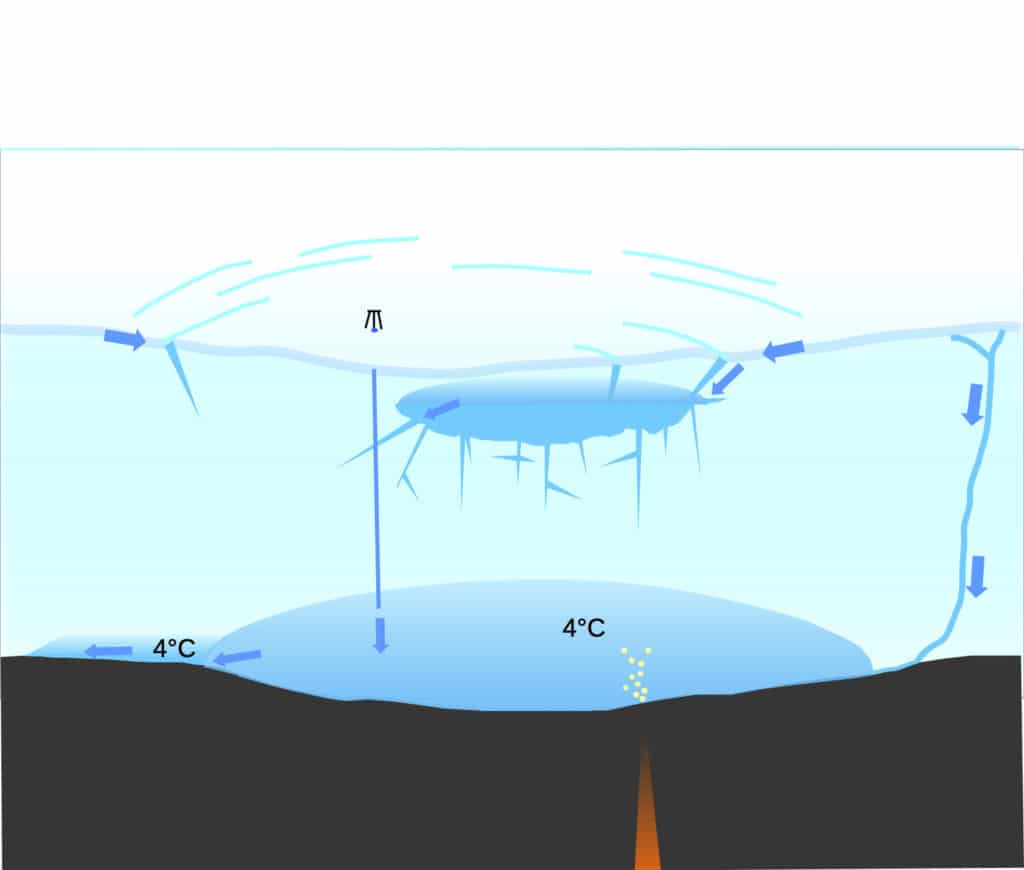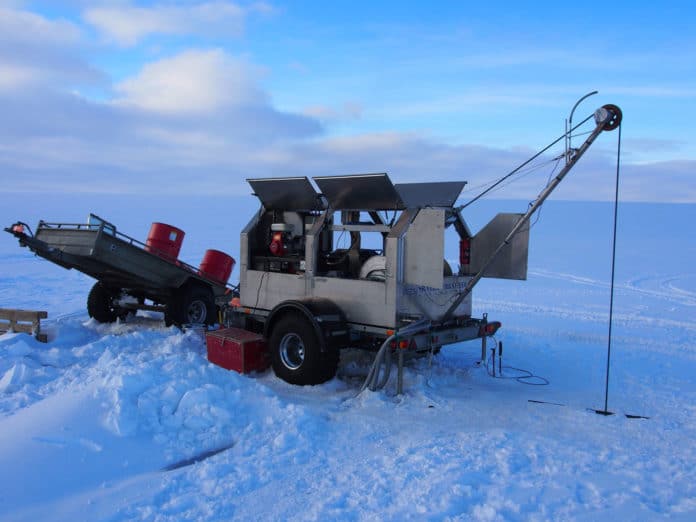A long-standing mystery of glacial lake involves floods or “jokulhlaups” that emerge suddenly and unpredictably from glaciers or ice caps. Scientists have long studied the development of these floods, which are some of the largest on Earth.
These floods affect the motion of some glaciers and are a significant hazard in Iceland. And the mechanism and timing of the initiation of these floods have not been understood.
A new study led by the University of Hawai’i at Mānoa astrobiologist and earth scientist Eric Gaidos has solved this mystery.
In June 2015, an unexpected series of events revealed how these floods start. That summer, scientists drilled a hole in one of the Icelandic lakes to study its microbial life. While collecting samples through the borehole, the team noticed a downwards current in a hole.
That flow was so strong that scientists nearly lost their sensors and sampling equipment into the hole.
Gaidos said, “We surmised that we had accidentally connected a water mass inside the glacier to the lake beneath. That water mass was rapidly draining into the lake.”

A couple of days later, after the team had left the glacier, the lake drained in flood. Luckily, the flood was small, and Icelanders have an elaborate early-warning system on their rivers, so no people were harmed, nor infrastructure damaged in this event.
Scientists used a computer model of the draining of the flow through the hole, and its effect on the lake, to show that this could have triggered the flood.
Gaidos said, “We discovered that the glacier could contain smaller bodies of water above the lakes fed by summer melting. If this water body is hydraulically connected to the lake, then the pressure in the lake rises, and that allows water to start draining out underneath the glacier.”
While the team made an artificial association with the lake in 2015, natural connections can form when water from rain or melting snow accumulates in crevasses. The pressure eventually cracks through the glacier to the lake. This discovery provides a new understanding of how these floods can start and how this depends on the weather and the season.
Collaborators in Iceland are continuing to research this phenomenon using radio echo-sounding to search for water bodies within the ice and study the larger lake below it.
Journal Reference:
- E. Gaidos et al., Après Nous, le Déluge: A Human‐Triggered Jökulhlaup from a Subglacial Lake, Geophysical Research Letters (2020). DOI: 10.1029/2020GL089876
